A model resting in the workshop, c. 1935
Watercolor, pen and Indian ink
26.5 x 42.2 cm
Signed in full, in pen, “Chas Laborde”
Good condition, slight foxing (see photographs)
Framed, under glass
Dimensions with frame: 44 x 59 cm
*
A draughtsman, painter, engraver, illustrator and a friend, in particular, of Gen Paul, Jules Pascin, Gus Bofa, Chas Laborde (1886 – 1941) was one of the the most passionate artists of the popular life in the Paris of the first half of the 20th century. If his work as a painter remained relatively confidential during his lifetime (see among the works sold in our gallery), his works on paper were both his greatest passion and the means of making himself known by other artists, gallery owners and publishers. During his career, Chas Laborde often published his drawings in the press and signed the illustrations for several novels of his time, by authors such as Francis Carco, Colette, Pierre Mac Orlan and Paul Morand.
This watercolor is a beautiful example of Chas Laborde's sincere sensuality and poetry. The disturbing face of this studio model is as if enhanced, embellished by the spontaneous movements of the watercolor which bring forth, for pleasure, for beauty alone, floral and colorful motifs. Indian ink, from the tip of the brush, places the shadows, the curves and gently completes the lascivious elegance of this woman.
Our work was reproduced in the press, certainly during the artist's lifetime, in color. A careful search on the Gallica site allows us to find, within the Jaquet collection, a collection of reproductions of works by Chas Laborde in the French press (which also allows us to confirm its authenticity). Our drawing is reproduced (p.116) with the title “The Model’s Rest”, a title that we use again. The date of publication remains unknown, but certainly in the 1930s.
We offer here the original drawing, from a private collection.
*
In the introduction to the catalog of the exhibition dedicated to Chas Laborde, in Paris in 1976, the quotes from certain memories written by the writer Pierre Mac Orlan, a great friend of the artist, shed light on his work in a sensitive and literary way and thus, by extension, our watercolor:
From the beginning, Laborde, who was one of the most authentic street painters, submitted to this familiar joy which adorned the most humble houses like a fresh Sunday flag. He followed in the footsteps of Lautrec, more enamored of midnight civilization, and of Steinlen. However, his reactions to the street and popular life were clearly different from the work of these two artists. Laborde's sensuality, in the presence of the pretty girls he loved, was that of a gardener before the roses in his rose garden and the tulips in his flowerbeds. Behind the lenses of his glasses, always a little cloudy, a little cheerful flame seemed to sparkle, because Chas Laborde knew that the beauty of girls is public happiness. Like Pascin, whom he loved very much, he took his strength from the warm light of life, the slightest rays of which he collected with the jealous care of a painter and poet daily amazed by the radiance of the adorable faces of the women of Paris. The work painted, drawn and engraved by Chas Laborde constitutes the most living chronicle of what was the sentimental and physical picturesqueness of the rather troubled years which preceded the war of 1939. All the faces drawn by Laborde were already dedicated to indescribable misfortunes.






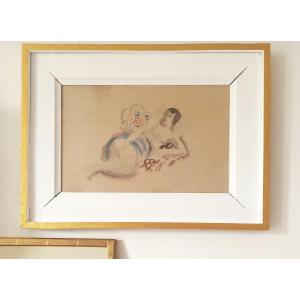





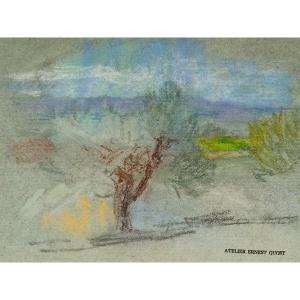



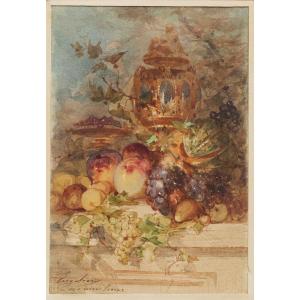
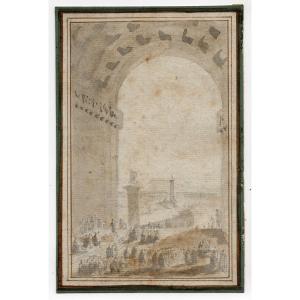
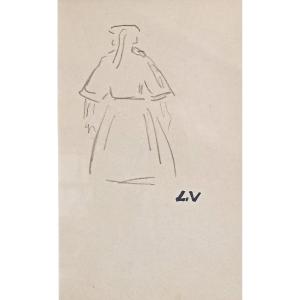

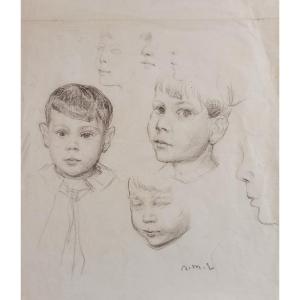



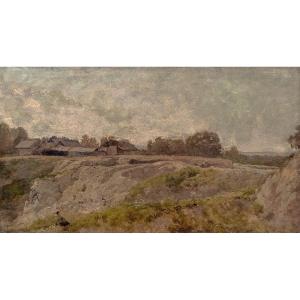
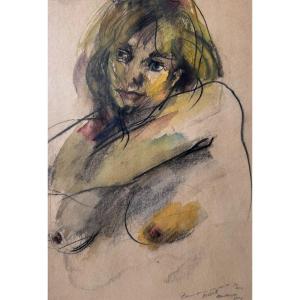
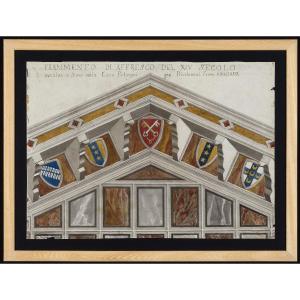


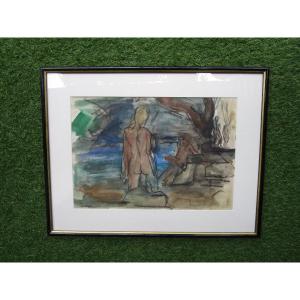



 Le Magazine de PROANTIC
Le Magazine de PROANTIC TRÉSORS Magazine
TRÉSORS Magazine Rivista Artiquariato
Rivista Artiquariato